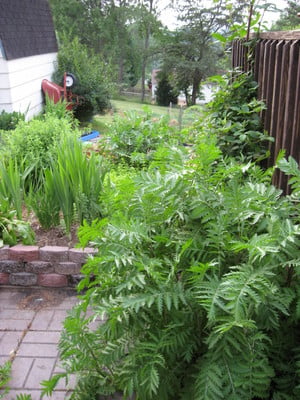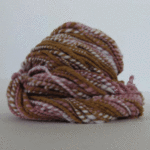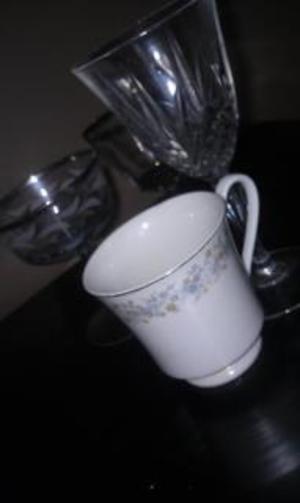If you love to knit, you enjoy DIY projects. So why settle for commercially available colors for your yarn? Why not experiment with your own natural dyes, made from plants?
The Benefits of Natural Dyes
Dye plants are freely available. Many, like goldenrod, yarrow, tansy or poke, are often dismissed as weeds. If you don’t have enough growing in your own yard, your neighbor may let you harvest his dye plants — and save him a weeding job.
Natural dyes are less likely to be toxic than commercial dyes. But there are exceptions. Bloodroot, for example, can burn the skin. And the mordants used to prepare wool for the dye bath can be even more caustic. Use latex gloves and dedicated enamel pots for mordanting and dying, pots that will never be used for cooking food.
The colors produced by natural dyes are invariably mellow. Not surprisingly, most dye plants produce colors in the warm end of the spectrum: oranges and yellows. But even plants yielding so-called colder colors result in a softness of hue. That mellow characteristic works beautifully with a soft fiber like wool.
The Flaws
Natural dyes produce less durable color than commercial dyes. The color can fade with washing or sun exposure. But this problem is manageable if the dyer sticks with wool (more color retentive than some other fibers) and properly prepares the wool for the dye bath. Because woolens must be washed in cold water anyway, to avoid shrinkage or felting, the risk of losing color in the wash water is minimized. I prefer exposing the fiber project to the dye bath early on. You’ll have more even color if you put your yarn into the dye pot before you knit it. I have often dyed wool before spinning it into yarn.
Dye plants are unpredictable. The color they produce depends on many variables: the vigor of the plant, the minerals in the soil where it grows, the mordant used, the time spent in the dye pot, etc. But this fault can be a virtue, with the end color being much prettier than expected.
The Process
· Selecting the yarn: The lighter colored yarn you start with the better. I use yarn that comes straight from the (white) sheep, goat, llama or alpaca.
·. Submerge the skeins in the soapy warm water and let them soak for 30 minutes. Remove skeins, drain soapy water, refill with water of the same temperature. Put skeins in rinse water. Repeat until skeins are free of soap. Avoid wringing.
· Mordanting: A mordant is a chemical that breaks down fiber sufficiently so it will retain the dye. Some of the most effective mordants are highly toxic, like chrome. I prefer safer substances like vinegar or alum (available over the counter at many pharmacies). The mordant goes into an enamel dye pot (I recommend a 4- or 5-gallon pot) filled with water. With vinegar, use one part to 4 parts water. With alum, use 4 ounces for 4 gallons of water. Heat the water to a simmer (NOT a boil). Place the scoured skeins inside. Submerge with a long wooden spoon, dedicated for dying projects. Simmer skeins for 45-60 minutes.
· Dying: Ahead of time, place plant material into another large enamel pot. If using chopped leaves and stems, you’ll need at least 2 gallons. For berries, use a half pound or more. Fill the pot with water, bring to a boil and then simmer for 2 hours. If the water is sufficiently colored, remove the plant material, to avoid picking it out of the skeins later. Otherwise leave the plant material in the pot and add the mordanted skeins. Simmer (do NOT boil) skeins in the pot for several hours. To intensify the color, you can leave the skeins in the dye water as it cools overnight.
· Drying: Arrange long dowels (or the handles of mops and brooms) over the edges of the bath tub or utility sink. Place the skeins on the dowels and let them drip dry. The drip water can stain porous materials, but is usually not a problem with the sink or bathtub.
Some Combinations (see New England Unit of the Herb Society of America for more ideas)
- Coreopsis flowers and alum: various shades of yellow
- Elderberries and vinegar: purples
- Forsythia leaves and alum: greens
- Goldenrod flowers and alum: yellows, greens
- Jewelweed (leaves, stems, flowers): yellows, oranges
- Poke berries and vinegar: reds, pinks
- Ragweed (leaves and stems) and alum: greens
Sources:
Buchanan, Rita; A Weaver’s Garden, Interweave Press, Colorado, 1987
“Making Natural Dyes from Plants,” Pioneer Thinking, accessed 6/11/12





